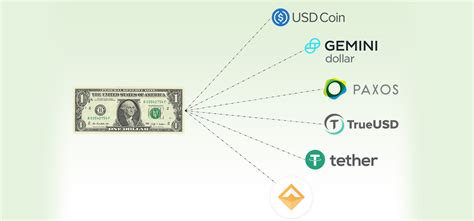Understanding Decentralized Stablecoins: A Safe Haven in Volatile Markets
The world of cryptocurrencies and finance is notorious for its volatility, with prices fluctuating rapidly and unpredictably. In recent years, the rise of stablecoins has provided a potential safety net for investors looking to mitigate the risks associated with market uncertainty. Stablecoins are digital currencies that aim to maintain their value relative to fiat currency or other stable assets, reducing the risk of significant price fluctuations.
In this article, we’ll delve deeper into the concept of decentralized stablecoins and explore how they can serve as a safe haven in volatile markets.
What are Decentralized Stablecoins?
Decentralized stablecoins are cryptocurrencies that use advanced mathematical algorithms to maintain their value relative to other currencies. Unlike traditional fiat currencies, which are controlled by central banks or governments, decentralized stablecoins run on blockchain technology, enabling transparent, secure, and tamper-proof transactions.
These stablecoins are designed to be pegged to a basket of assets, such as gold, oil, or other commodities, ensuring that their value remains relatively stable despite changes in the prices of the underlying assets. The most well-known examples of decentralized stablecoins include:
- Tether (USDT): Pegged to the US dollar and backed by a reserve of US dollars.
- USD Coin (USDC): Pegged to the US dollar and backed by a reserve of US dollars, with a 1:1 ratio.
- Dai (US dollar-pegged stablecoin): Backed by a pool of Ethereum Ether.
How Do Decentralized Stablecoins Work?
Decentralized stablecoins use a variety of techniques to maintain their value, including:
- Tokenomics: The design and creation of decentralized stablecoins involves defining tokenomic parameters, such as token supply, minimum and maximum values, and token distribution.
- Collateralization: Stablecoins often require collateral, meaning that a portion of the stablecoin’s value is backed by assets or fiat currencies.
- Algorithmic Trading: Some decentralized stablecoins use advanced mathematical algorithms to adjust their value in response to market fluctuations.
Benefits of Decentralized Stablecoins

Decentralized stablecoins offer several benefits, including:
- Increased Security: Because they are not controlled by a single entity, decentralized stablecoins are less susceptible to hacking and manipulation.
- Greater Transparency: The use of blockchain technology ensures that all transactions are transparent, making it easier for regulators and investors to track the stability of these assets.
- Reduced Risk: By maintaining their value relative to other currencies or assets, decentralized stablecoins can provide a hedge against market volatility.
Challenges and Limitations
While decentralized stablecoins offer several benefits, they also face some challenges:
- Regulatory Uncertainty: The regulatory environment for decentralized stablecoins is still unclear, which can limit their adoption.
- Scalability Issues: Some decentralized stablecoins can be difficult to scale due to the high computational requirements needed to maintain their value.
- Volatility Risks: While decentralized stablecoins aim to maintain their value, they are not immune to price fluctuations, which can lead to losses for investors.
Conclusion
Decentralized stablecoins offer a promising solution for investors looking to mitigate the risks associated with volatile markets. By providing a safe haven for investors and maintaining their value relative to other currencies or assets, decentralized stablecoins can serve as an essential part of a diversified investment portfolio.
